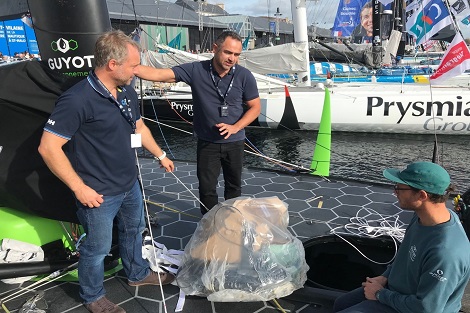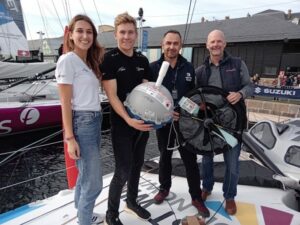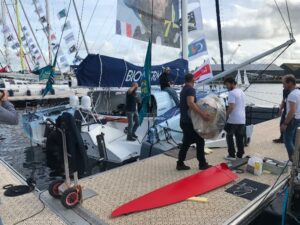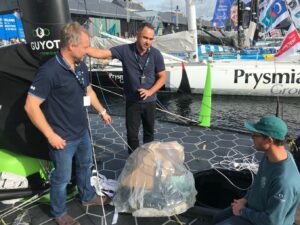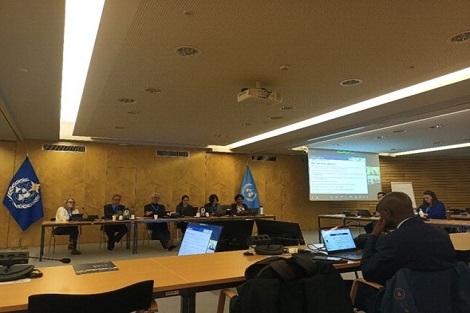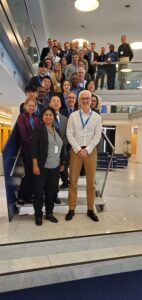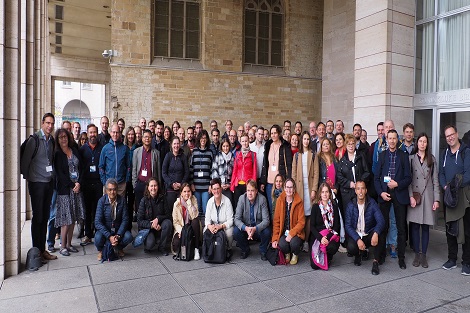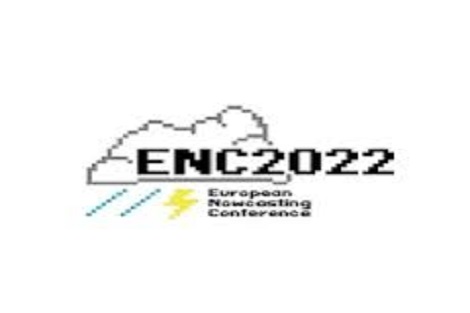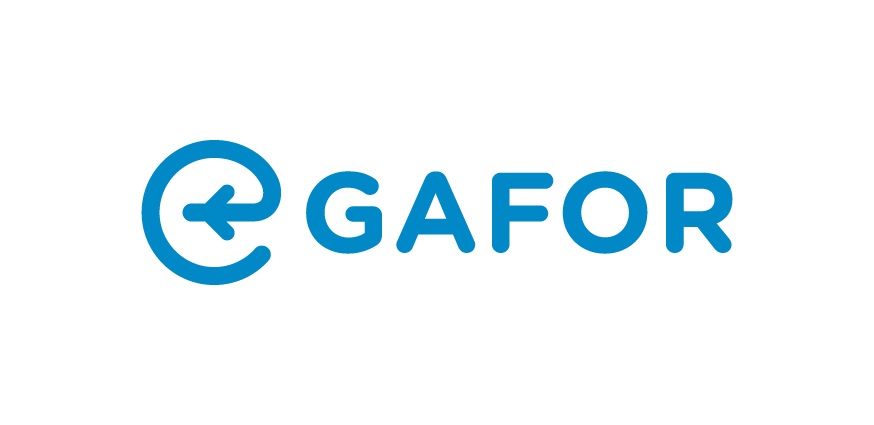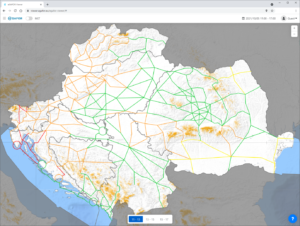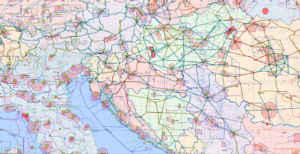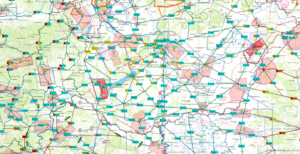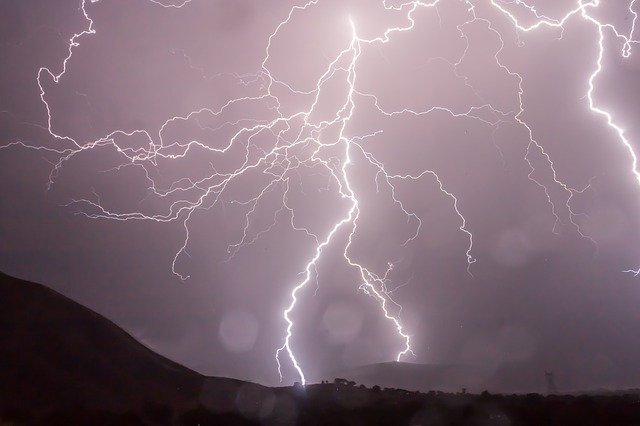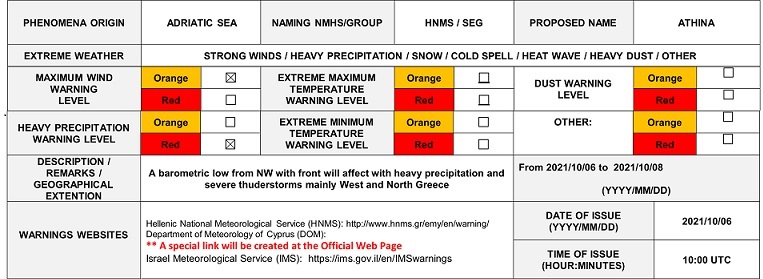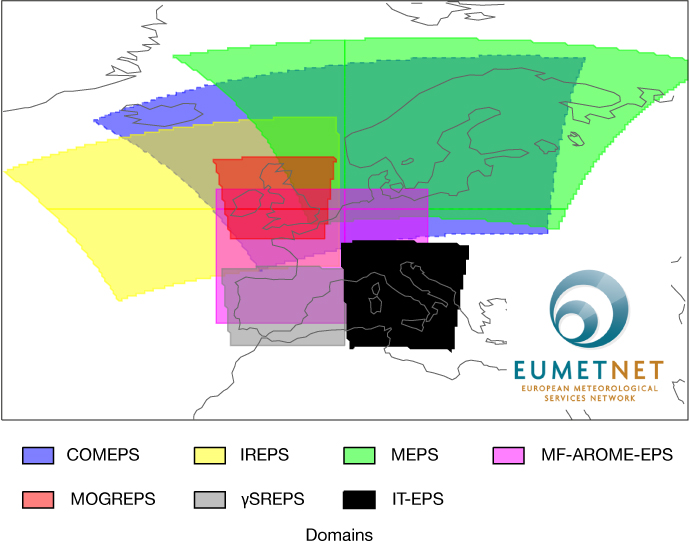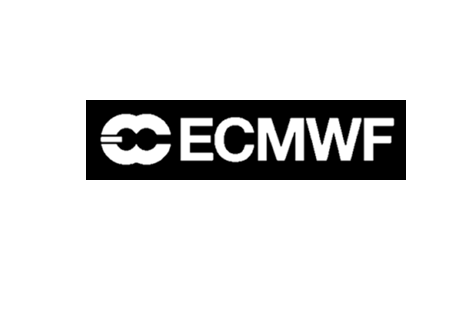
Launch of a new Massive Open Online Course on Machine Learning in Weather and Climate
Registrations are now open for a new Massive Open Online Course (MOOC) on Machine Learning in Weather and Climate! The MOOC will be launched in January 2023 by European Centre for Medium-Range Weather Forecasts (ECMWF) in partnership with the International Foundation on Big Data and Artificial Intelligence for Human Development (IFAB).
The objective is to train a wider community on the impact and use of machine learning in numerical weather and climate predictions. It will bring together experts throughout Member and Co-operating States and beyond to provide a shared vision across the communities of Earth system sciences, high-performance computing and machine learning.
What is the MOOC and who is it for?
It is a fully online free training course, accessible to a global audience. In order to maximise inclusivity, the MOOC is distributed in time with a three-tiered approach. Learners may choose to follow one or more tiers. Within each tier, the programme is modular. Participants may select one or more modules within a particular topic subset, according to their interests.
The first tier is an introduction to machine learning in weather and climate. It is aimed at anyone interested in the topic, be they academics, from operational services, policy makers or the general public. Only a basic knowledge of weather and climate science, statistics and computing is assumed of learners.
Tier two takes a deeper look at the concepts of machine learning, and tier three demonstrates practical machine learning applications in weather and climate. These two tiers are more hands-on and include coding assignments, in which learners have the opportunity to apply machine learning to real-world problems. Tiers two and three are therefore more suited to technical data users from academia or industry across different sectors.
To allow for self-paced learning, the MOOC runs over ten weeks, with around three to four hours of study per week, for a total of 36 hours of training. The end of the MOOC coincides with the application phase of ECMWF’s Summer of Weather Code (ESoWC), in which learners will be encouraged to submit proposals for coding projects with ECMWF mentoring and the chance to win a cash stipend.
About the training
The MOOC mixes interactive e‑learning with webinars. Learning will be consolidated through a wide variety of activities, from videos and commuter friendly podcasts to discussion forums and e‑learning modules. Guided by a host of domain specialists from around the world, learners will be able to
explore the subject from different angles. The webinars, for instance, are perfect occasions to interact with leading experts from the field. The acquired knowledge will then be honed in practical exercises. Using interactive Jupyter notebooks, learners will have the possibility of gaining hands-on practical experience with machine learning algorithms.
Throughout their whole learning journey, participants will be accompanied by a dedicated science communicator, who will break down the technical content into plain language whenever needed. Each completed tier will be rewarded with a certificate of completion. Those who
complete all three tiers shall receive particular recognition with a more comprehensive certificate. At the end of the live run, the material will continue to be freely accessible from the ECMWF website.
Register now for the MOOC at https://www.ecmwf.int/mlwc-mooc

